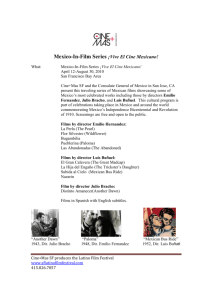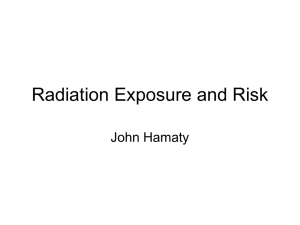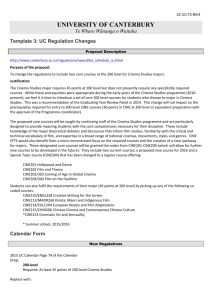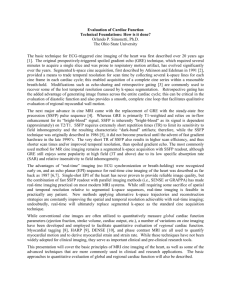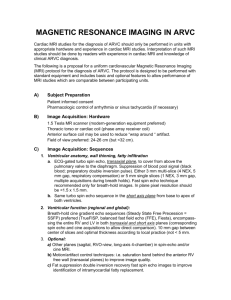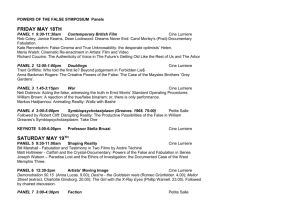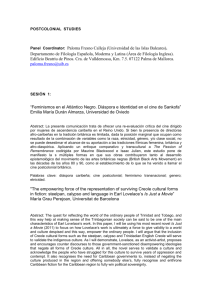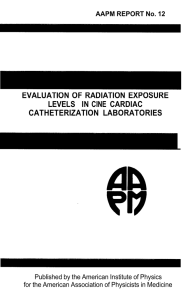SPANISH 477
advertisement
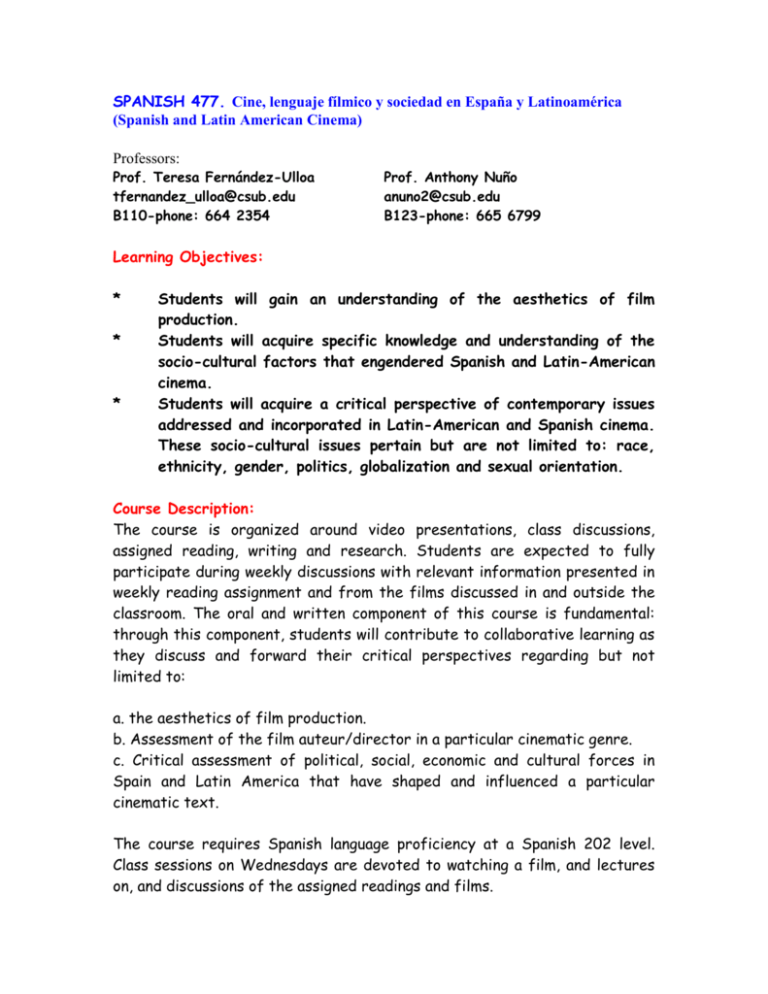
SPANISH 477. Cine, lenguaje fílmico y sociedad en España y Latinoamérica (Spanish and Latin American Cinema) Professors: Prof. Teresa Fernández-Ulloa tfernandez_ulloa@csub.edu B110-phone: 664 2354 Prof. Anthony Nuño anuno2@csub.edu B123-phone: 665 6799 Learning Objectives: * * * Students will gain an understanding of the aesthetics of film production. Students will acquire specific knowledge and understanding of the socio-cultural factors that engendered Spanish and Latin-American cinema. Students will acquire a critical perspective of contemporary issues addressed and incorporated in Latin-American and Spanish cinema. These socio-cultural issues pertain but are not limited to: race, ethnicity, gender, politics, globalization and sexual orientation. Course Description: The course is organized around video presentations, class discussions, assigned reading, writing and research. Students are expected to fully participate during weekly discussions with relevant information presented in weekly reading assignment and from the films discussed in and outside the classroom. The oral and written component of this course is fundamental: through this component, students will contribute to collaborative learning as they discuss and forward their critical perspectives regarding but not limited to: a. the aesthetics of film production. b. Assessment of the film auteur/director in a particular cinematic genre. c. Critical assessment of political, social, economic and cultural forces in Spain and Latin America that have shaped and influenced a particular cinematic text. The course requires Spanish language proficiency at a Spanish 202 level. Class sessions on Wednesdays are devoted to watching a film, and lectures on, and discussions of the assigned readings and films. On Mondays, students will work collaboratively in order to analyze and discuss reading assignments and prepare group presentations. Students should spend the time working at the Library or watching some of the extra films. There will also be opportunities for students to develop essential research skills (bibliographical and web-based material). Most films will be viewed during the Wednesday evening session. If for some reason the student misses one of the class screenings, he/she must see the DVD or video at the Language Lab (DDH E102) or at home and report on it. Course materials Students can buy course materials at Kinko’s on Stockdale Highway: Spanish 477. Cine, lenguaje fílmico y sociedad en España y Latinoamérica. (Packet is ready as March 25 @ Kinko’s). Other required readings will be put on reserve at the circulation desk in the Walter W. Stiern Library and will be online in the course website. During the course of the quarter, additional readings may be handed out in class or placed at the library. Class participation and film attendance Viewing of all films is absolutely essential. If you miss a screening, you should arrange to see it before or after the class. Active participation means that you will come to class prepared with proper questions that will allow you to participate in constructive, informed contributions to class discussions. Grades Final course grades will be assigned as follows: a) 10% of the course grade will be determined by attentive, informed, and thoughtful participation in class discussions. Students should be respectful with their classmates and the professors. b) 20% of the course grade will be based on the result of one exam the 4 th of May. c) 20% of the course grade will be based on the group presentation of a topic. Professors will assign the materials/topics during the first/second week. The presentation dates are starting on May 11th and finishing June 1st. Students should prepare a bibliography (other than the one given or suggested by the professors), and make a clear, creative and organized presentation. Readings are very important in this research, students should use as many as they can. Presentations topics: 1. La influencia del film noir francés 2. El cine español a partir del postfranquismo 3. Cine mexicano del siglo XX (hasta los años 50) 4. Cine mexicano del siglo XX (a partir de los años 50) 5. El cine Chicano contemporáneo 6. La imagen del indígena en el cine latinoamericano 4. Lenguaje semiótico cinematográfico 5. Sexualidad, seducción, deseo en el cine español o latinoamericano 6. El mensaje político del cine español/latinoamericano (mexicano, argentino, cubano, colombiano, centroamericano, etc.) 7. Imágenes del indígena en el cine latinoamericano (mexicano, argentino, cubano, colombiano, centroamericano, etc.) 8. Conceptos de masculinidad y feminidad en el cine español o latinoamericano. 9. Las relaciones entre cine y literatura. 10. El uso del cine en las clases de español (la creación de materiales de lengua y cultura) d) A written research paper of 8-10 pages will determine 50% of the course grade. The paper must include themes discussed or suggested on list. Also research paper must include analysis of one film, applying materials, readings and class discussions. Students should not limit their paper topics to some significant aspect of Latin American or Spanish culture and society, but in their analysis they need to address and incorporate film criticism learned in class. In this course students will acquire specialized film aesthetics vocabulary, which they should use in their research paper and class discussions. In class they will receive guidelines to do this final paper. These papers are not to summarize the films' story lines or the class discussions. The final paper is due on June 8th. All topics must be discussed with and approved by the course instructors. Written work that is turned in past due dates will be graded down. All work submitted in this course must be your own work and will require a pledge of adherence to the Honor Code of the University. Claiming work as your own that is created by another source constitutes plagiarism. This includes extracting all or part of any print or web-based material and passing it off as your original work. Office Hours Dr. Anthony Nuño Prof. Nuño’s office is in DDH B123, his telephone is 665-6799, and his email is anuno2@csub.edu. Prof. Nuño’s office hours are: Mondays: 2:3:00, Tuesdays and Thursdays 3:6:00 p.m. Dr. Nuño will be in charge of Latin American films, materials and discussions. Dr. Teresa Fernández-Ulloa Prof. Fernández-Ulloa’s office is in DDH B110, her telephone is 664 2354,and her email is tfernandez_ulloa@csub.edu. Her office time this quarter is: M, W and F from 12.30 to 1.30 p.m. and T, Th from 6 to 7 p.m. She will be in charge of Spanish films, materials and discussions. Class schedule: Junto a cada película incluimos entre paréntesis el país en el que se sitúa la acción de la película. Marzo 30 Tango (Argentina). Historia del cine. Corrientes artísticas. El cine hispanoamericano. A. N. 6 Los lunes al sol (España). cinematográficos. T. F.-U. 13 Flores de otro mundo (España). Tecnología del cine. Lenguaje fílmico. T. F.-U. 20 En el tiempo de las mariposas (República Dominicana). La industria. Cine y sociedad. A. N. Abril El cine español. Géneros 27 Fresa y chocolate (Cuba). El guión de cine. Producción de un film. A. N. Mayo 4 Días contados (España). Cómo se comenta un texto fílmico. T. F.-U. EXAMEN 11 Yo, la peor de todas (México). PRESENTACIONES ORALES (“Cine mexicano hasta los años 50” y “Cine mexicano actual”) 18 La comunidad (España). PRESENTACIONES ORALES (“Racismo y choque de culturas” y “Representación del indígena en el cine”) 25 Señorita extraviada (México). PRESENTACIONES ORALES (“Masculinidad y feminidad” y “Política”) 1 Días de fútbol (España). PRESENTACIONES ORALES (“Literatura y cine” y “El uso del cine en la clase de lengua y cultura hispanas”) Junio El alumno deberá ver por su cuenta (en el Laboratorio de lenguas o en su casa) las siguientes películas, dedicadas a la realidad de los hispanos en Norteamérica, en concreto en California: -A day without a Mexican -Bread and roses Durante el curso los profesores podrían indicar a los alumnos la conveniencia u obligación de ver otras películas relacionadas con los contenidos de clase o los temas sobre los que investigar. El alumno tendrá a su disposición las películas en el laboratorio de lenguas. También se dispone de los documentales acerca de cómo se hicieron algunas de las películas, lo que puede ayudar al alumno a la hora de hacer el trabajo final. Note: The films could have political, religious and/or sexual content. POSIBLES TEMAS PARA LOS TRABAJOS DE INVESTIGACIÓN: -cine y sociedad -tecnología del cine -lenguaje fílmico -semiótica -literatura y cine -el racismo, el choque de culturas -los hispanos en Norteamérica -política (terrorismo, dictaduras, etc.) -la sociedad española y europea, la sociedad hispanoamericana -la mujer en la sociedad -intolerancia -aspectos relacionados con la diferente orientación sexual -crisis económicas (paro) AUNQUE SE PROFUNDICE EN UNO DE ESOS TEMAS, TODOS LOS TRABAJOS DEBERÁN INCLUIR EL ANÁLISIS FÍLMICO DE UNA PELÍCULA SIGUIENDO EL MODELO QUE SE ENSEÑARÁ EN CLASE. ESTE PROGRAMA ES PROVISIONAL. LOS PROFESORES SE RESERVAN EL DERECHO DE CAMBIAR, AÑADIR O QUITAR CONTENIDOS. RULES TO OBSERVE DURING CLASS AND WHILE WATCHING FILMS: 1. STUDENTS WILL MAINTAIN COMPLETE RESPECT TOWARD THE PROFESSORS AND CLASSMATES. 2. ALL CELL PHONES MUST BE TURNED OFF. 3. WE WILL HAVE A BREAK AFTER WATCHING FILM. YOU ARE NOT ALLOWED TO EXIT CLASS WHENEVER YOU FEEL LIKE IT, WAIT UNTIL BREAK. 4. REFRAIN FROM TALKING DURING LECTURES AND WHILE WATCHING FILMS. This course deals with some materials and opinions that, in the past, people have found objectionable owing to their political, religious and/or sexual nature(s).
